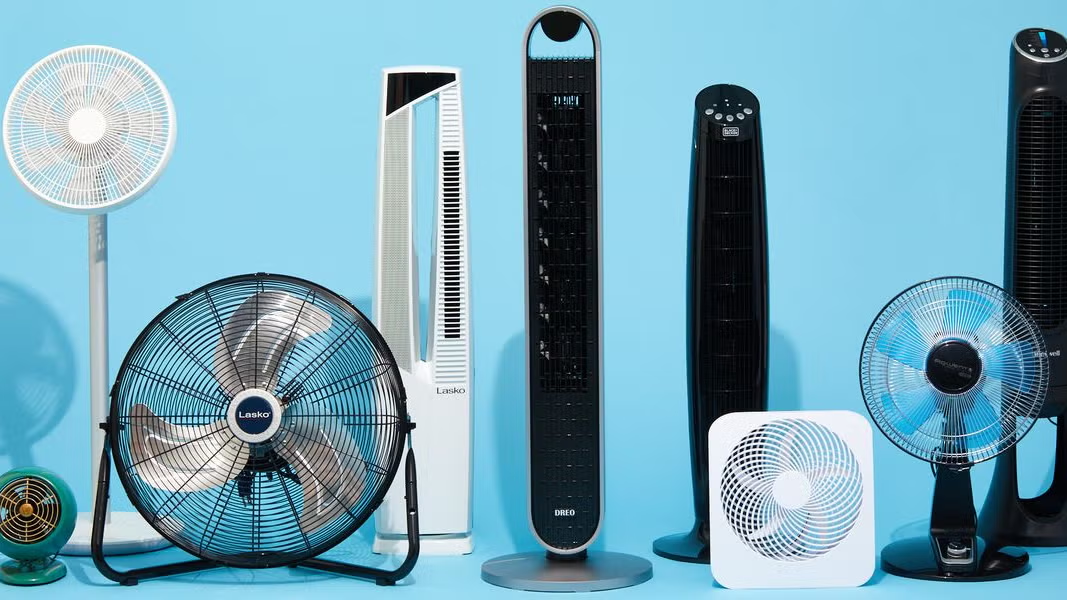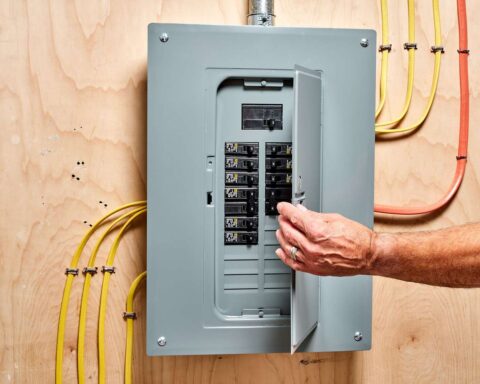Small fans are essential devices for maintaining comfort in compact spaces. Their efficient design and portability make them popular for residential and office environments. Regular upkeep ensures these small fans operate at peak performance, extending their lifespan and improving airflow.
This guide outlines key maintenance practices tailored for small fans, offering practical tips for consistent operation and optimal performance. Proper care not only enhances functionality but also minimizes wear over time.
Why Regular Maintenance of Small Fans is Important
Proper maintenance of small fans is essential for consistent airflow, reduced noise, and enhanced durability. Dust accumulation, wear on parts, and improper storage can cause small fans to underperform or even fail prematurely.
By following routine maintenance practices, performance issues can be minimized, energy efficiency improved, and fan longevity increased.
Key Areas to Focus on During Maintenance
Maintaining small fans involves addressing critical areas such as cleaning, lubrication, blade alignment, and electrical components. Understanding these aspects ensures that maintenance is both thorough and effective.
a. Cleaning the Fan Blades and Grill:
Dust buildup is the primary cause of reduced efficiency in small fans. Cleaning the blades and grill regularly is essential:
· Unplug the fan before beginning any maintenance work.
· Use a soft cloth or brush to remove dust from the blades and grill.
· For stubborn dirt, a mild detergent and water solution can be applied, followed by thorough drying.
· Compressed air can be used to reach tight spots and remove dust particles.
Regular cleaning not only improves performance but also helps reduce allergens in the environment.
b. Lubricating the Motor and Moving Parts:
The smooth operation of small fans depends on the lubrication of their moving parts, especially the motor:
· Refer to the fan’s manual for lubrication points and recommended oil types.
· Apply a few drops of light machine oil to the motor shaft and any other moving parts.
· Ensure that excess oil is wiped away to avoid attracting dust.
Proper lubrication minimizes friction, reduces noise, and extends the life of the motor.
c. Checking Blade Alignment and Tightness:
Blade alignment plays a crucial role in maintaining balance and reducing vibration:
· Inspect the blades for bends or warps and carefully adjust them if needed.
· Ensure that all blades are securely fastened and that screws or bolts are tightened.
· Misaligned or loose blades can cause excessive noise and affect airflow efficiency.
Routine checks ensure the fan remains stable and runs smoothly.
Inspecting the Electrical Components
Electrical issues are a common cause of malfunction in small fans. A regular inspection of cords, plugs, and internal wiring is necessary:
· Examine the power cord for fraying or damage and replace it if needed.
· Ensure that the plug and socket connections are secure.
· If the fan operates with a switch, check for loose or faulty connections.
It’s advisable to consult a qualified technician for any complex repairs or replacements involving electrical components.
Proper Storage of Small Fans
When not in use, correct storage is vital to keep small fans in good condition:
· Store the fan in a cool, dry place to avoid moisture damage.
· If the fan is disassembled for storage, keep parts organized and protected from dust.
· Use the original packaging or a protective cover to prevent scratches and dust accumulation.
Well-stored fans are less likely to suffer from wear and tear, ensuring they are ready for use when needed.
Common Issues and Troubleshooting Tips
Despite regular maintenance, small fans can encounter problems. Here are common issues and simple troubleshooting tips:
· Reduced Airflow: Clean the blades and check for obstructions. Ensure the fan is positioned on a stable surface.
· Unusual Noises: Inspect the blades for alignment and check for loose screws. Lubricate any moving parts to reduce friction.
· Fan Not Turning On: Check the power supply, inspect the plug and cord for damage, and ensure the fan is properly connected.
In cases where the issue persists, professional servicing may be required.
Safety Precautions for Small Fan Maintenance
Safety should always be prioritized when performing maintenance:
· Unplug the fan before starting any cleaning or repairs.
· Avoid using water directly on the motor or electrical parts.
· Use the recommended tools and cleaning agents as outlined in the fan’s manual.
Taking these precautions minimizes the risk of injury and ensures the fan’s longevity.
When to Consider Professional Servicing
While routine maintenance can be done at home, certain issues may require professional attention:
· Persistent electrical problems or unusual noises should be evaluated by a technician.
· Fans that exhibit excessive vibration or overheating may need more extensive repairs.
· If the fan is under warranty, professional servicing may be required to avoid voiding the warranty.
Seeking expert help ensures that repairs are done correctly and safely.
Summing Up
Proper maintenance of small fans involves regular cleaning, blade alignment, lubrication, and electrical inspections. These practices enhance performance, reduce noise, and extend the lifespan of small fans. Addressing common issues promptly and storing fans correctly also contribute to long-term functionality.
For those seeking advanced options, exploring Atomberg’s small fans with energy-efficient BLDC motors is a worthwhile consideration. These fans combine innovative technology with reliable performance, offering superior airflow while minimizing energy consumption.
FAQs
1. How often should small fans be cleaned?
Small fans should be cleaned every 1-2 months to prevent dust buildup, which can reduce performance and airflow.
2. What causes small fans to make noise?
Noise in small fans usually results from dust buildup, misaligned blades, or lack of lubrication in moving parts.
3. Why is airflow weak in small fans?
Weak airflow in small fans often indicates dust accumulation on the blades or obstructions within the grill.
4. How can small fans be stored during off-seasons?
Store small fans in a cool, dry place, ideally covered, to protect them from dust and moisture when not in use.
Stay in touch to get more news & updates on Essentialtribun.!








